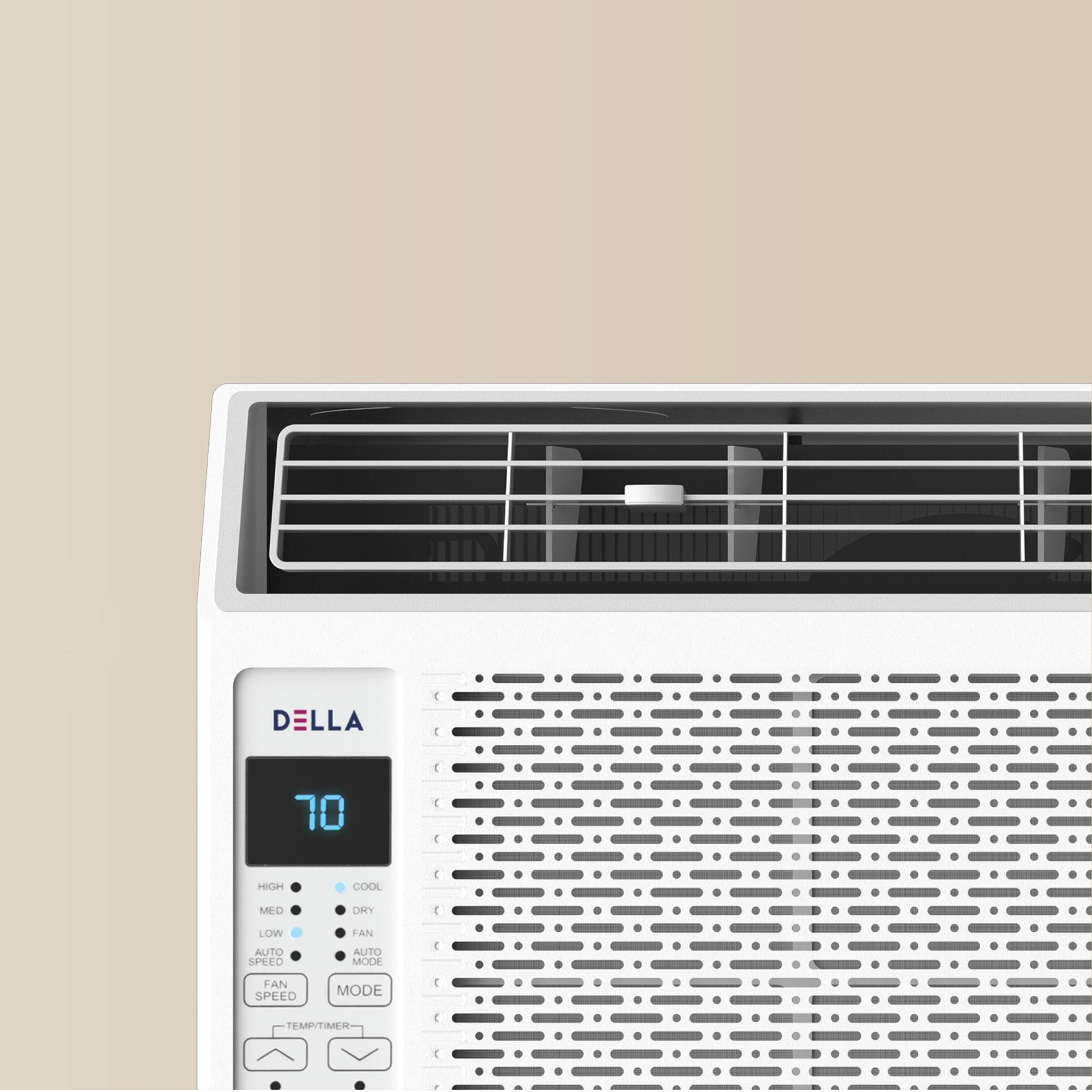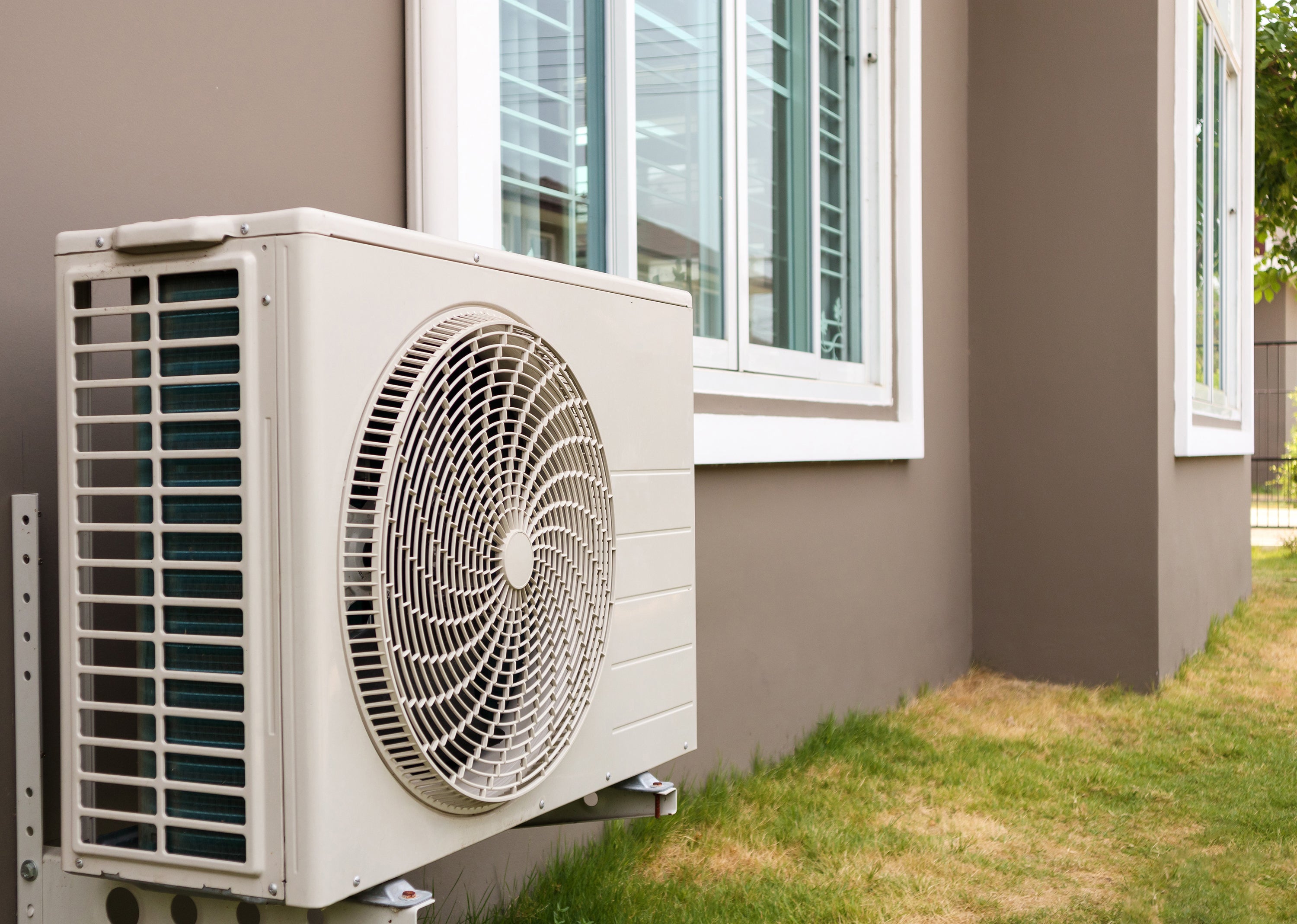Have you ever wondered about the air you breathe in your home or office building? Indoor air quality has become an important topic of discussion in recent times. According to the Environmental Protection Agency (EPA), indoor air quality can be two to five times more polluted than outdoor air, making it critically important to take steps to improve the air we breathe. In this post, we’ll discuss everything you need to know about indoor air quality and why it’s essential to prioritize our indoor air quality standards.
What is Indoor Air Quality?
Indoor air quality refers to the extent of air purity inside buildings, including residences, offices, and other enclosed spaces, as well as air quality around these structures. It’s important to ensure the air we breathe is clean, as poor indoor air quality can have a significant impact on our health over time. Indoor air pollutants can come from various sources, such as:
- Outdoor air
- Building materials
- Excess moisture
- Tobacco
- Appliances
- HVAC devices
- Building materials
It’s important to pay attention to these factors when determining how indoor air quality can play a vital role in maintaining health and well-being. Additionally, factors like inadequate ventilation, high humidity levels, and the presence of mold or allergens can further degrade air quality. If not addressed, negative health issues in response to poor air quality might begin.
Air Quality Index
When learning about air quality, the first factor that needs to be addressed is the air quality index. According to the National Weather Service, the air quality index is a measurement system used as the government standard to report on the daily quality and condition of the air. The index works by using a scale to assess and communicate the quality of air at a particular location and time. It helps the general population understand what possible effects various levels of polluted air can have on their health, what they might experience within hours or days if they breathe in polluted air, and to warn when air pollution is dangerous.
Developed by various environmental agencies, it measures the levels of common pollutants such as particulate matter, sulfur dioxide, carbon monoxide, nitrogen dioxide, and ground-level ozone. These measurements are then converted into a numerical scale by measuring pollutant concentrations to a uniform index based on adverse health effects.
Outdoor Air Quality
Outdoor air quality deals with measuring the impact of outdoor air pollution and its effect on the atmosphere and consists of:
- Car exhaust
- Fossil Fuels
- Emissions from factories
- Road dust
- Pollen (natural and human made)
Another important criterion for outdoor air is how it surrounds buildings and structures from the ground level to several miles above the earth’s surface. So, whenever you’re outside walking to your car, going out to a store, or going for a walk, you’re being exposed to outdoor air quality.
Although both indoor and outdoor air quality are important to know and understand, for most of us, being indoors is where we spend most of our time. We relax, rest, sleep, eat, and so on primarily indoors. However, some people might spend more time outdoors so they’ll need to be more aware of outdoor air quality.
How Air Quality Affects Our Bodies and Health
Air quality directly impacts our overall health, with poor air quality posing significant risks. When we breathe in pollutants, they can cause or exacerbate health problems like respiratory diseases, heart disease, stroke, and lung cancer. Fine particulate matter, a common air pollutant, can penetrate the lungs and cardiovascular system, leading to chronic bronchitis, heart attacks, and other cardiovascular problems.
Furthermore, chronic exposure to polluted air can lead to a weakened immune system, making us more susceptible to infections. Specific vulnerable populations, such as children, the elderly, and those with preexisting conditions, are particularly at risk. People who are often most susceptible to the adverse effects of pollution (e.g., the very young, older adults, people with cardiovascular or respiratory disease) tend to spend even more time indoors. Even short-term exposure to polluted air can result in immediate adverse effects, including eye, nose, and throat irritation, and exacerbation of asthma and other respiratory conditions.
The World Health Organization explains how “nine out of ten people now breathe polluted air, which kills 7 million people every year. The health effects of air pollution are serious – one third of deaths from stroke, lung cancer and heart disease are due to air pollution. This is having an equivalent effect to that of smoking tobacco, and much higher than, say, the effects of eating too much salt.”
Effects can happen with both short- and long-term exposure. According to the National Institute of Environmental Health Sciences, common diseases include COPD, trachea, bronchus and lung cancers, aggravated asthma, and lower respiratory infections. The pollutants enter the bloodstream, which then can contribute to these diseases and irritations. Indoor concentrations of some pollutants have increased in recent decades due to such factors as energy-efficient building construction (when it lacks sufficient mechanical ventilation to ensure adequate air exchange) and increased use of synthetic building materials, furnishings, personal care products, pesticides, and household cleaners.
Air Quality: Final Thoughts
Della is passionate about educating others on the importance of how the quality of air inside and outside is vital for preserving our health and wellness. As the majority of us spend most of our time indoors, ensuring that the air we breathe is clean and free from pollutants becomes paramount. As individuals, it's critical to remain informed about both indoor and outdoor air quality standards and actively seek methods to improve our environments. From understanding the sources of pollutants to recognizing the impacts of poor air quality on our health, taking proactive measures can lead to healthier lives. As we prioritize the quality of our indoor air, we not only safeguard our health but also enhance our overall quality of life.Bottom line: we should all take air quality seriously because it can directly impact our health, and both indoor and outdoor air quality play a role, depending on your lifestyle.








